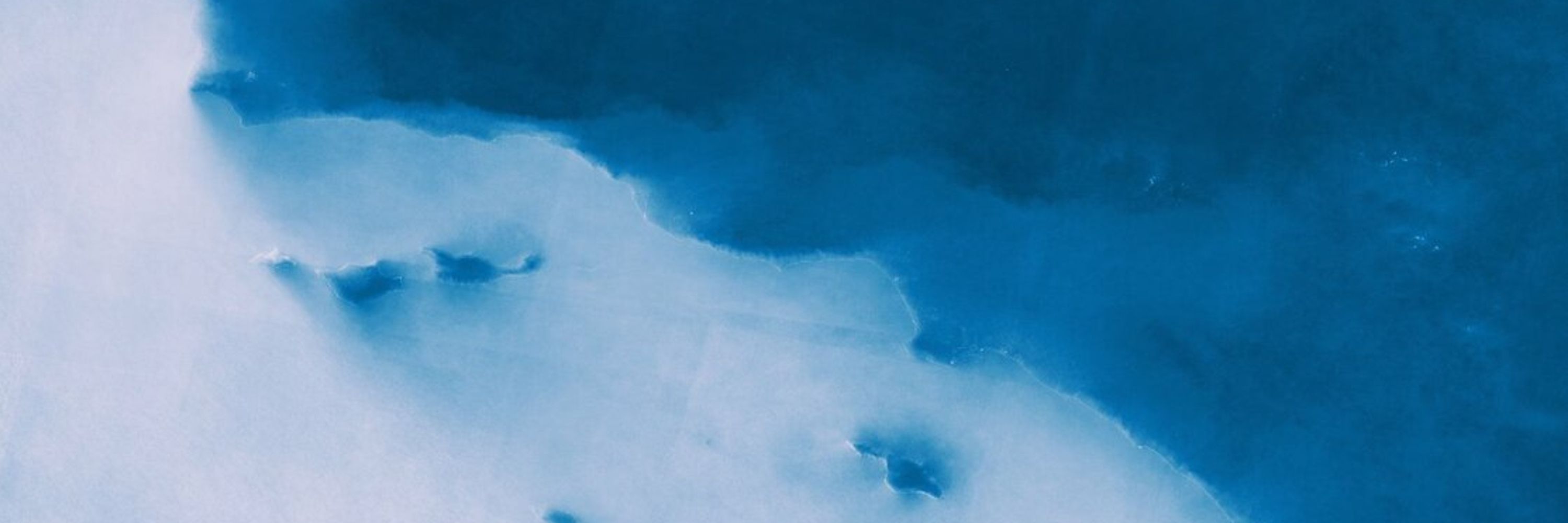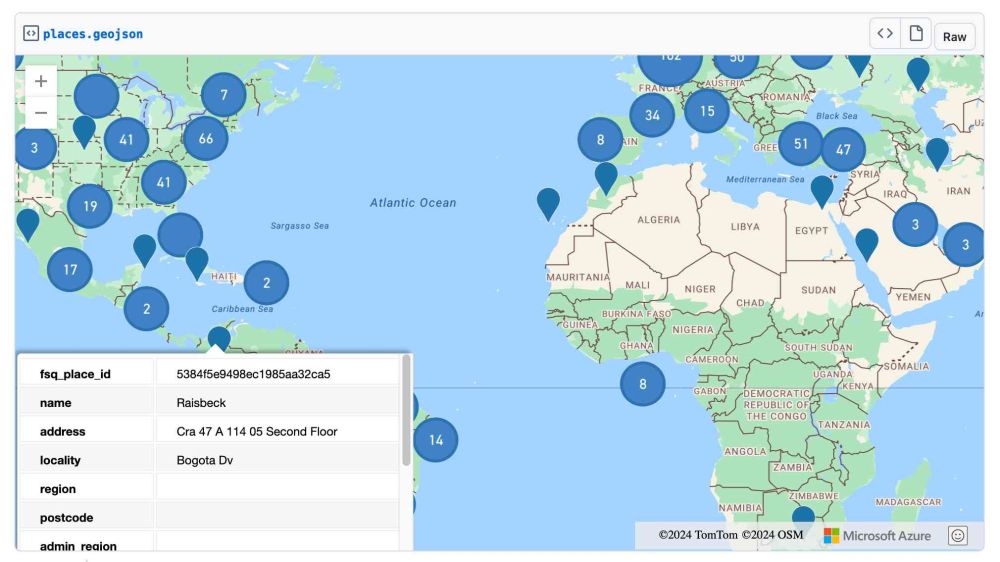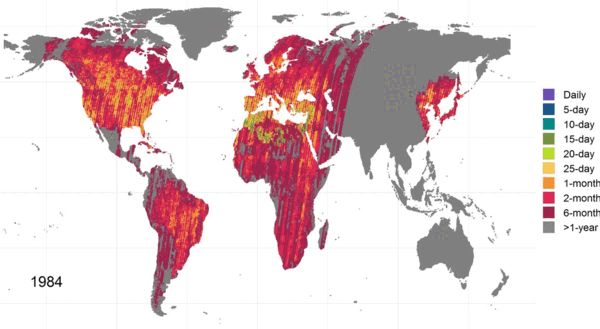
aazuspan.dev
Apparently it works.
#Denali

Apparently it works.
#Denali
I trained a model to predict MODIS RGB imagery from modern climate and applied it to modeled paleoclimate data to simulate a 22,000 year old satellite image of Earth

I trained a model to predict MODIS RGB imagery from modern climate and applied it to modeled paleoclimate data to simulate a 22,000 year old satellite image of Earth
The first puzzle comes out in two hours: adventofcode.com
The first puzzle comes out in two hours: adventofcode.com
Changelog: scikit-learn.org/1.6/whats_ne...
In particular, if you maintain a project with a dependency on
scikit-learn, please let us know about any regression.

Changelog: scikit-learn.org/1.6/whats_ne...
In particular, if you maintain a project with a dependency on
scikit-learn, please let us know about any regression.

In former life I re-processed 1978-1991 vis/ir data back when Dinosaurs Walked (data on tape reels)
51 years and 11 million #Landsat scenes, showing global cloud-free (<20%) coverage by path and row since Landsat 1 🛰️
In former life I re-processed 1978-1991 vis/ir data back when Dinosaurs Walked (data on tape reels)
🌍 Global edition
🚨 See our new paper and dataset to check 1982-2023 data availability for your study site:
tinyurl.com/yc82epfx
#GEE data viewer: tinyurl.com/322e63p2

🌍 Global edition
🚨 See our new paper and dataset to check 1982-2023 data availability for your study site:
tinyurl.com/yc82epfx
#GEE data viewer: tinyurl.com/322e63p2
51 years and 11 million #Landsat scenes, showing global cloud-free (<20%) coverage by path and row since Landsat 1 🛰️
51 years and 11 million #Landsat scenes, showing global cloud-free (<20%) coverage by path and row since Landsat 1 🛰️
One year of MODIS daily mosaic images
Did you know optical satellites like MODIS usually don't capture images over the poles in winter due to lack of sunlight? The "no data" hole grows as we near the winter solstice - and starts closing once daylight returns
One year of MODIS daily mosaic images
Did you know optical satellites like MODIS usually don't capture images over the poles in winter due to lack of sunlight? The "no data" hole grows as we near the winter solstice - and starts closing once daylight returns
www.aazuspan.dev/blog/chasing...
www.aazuspan.dev/blog/chasing...

